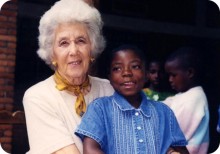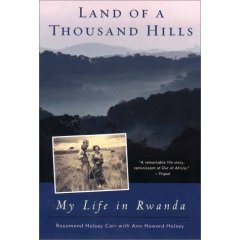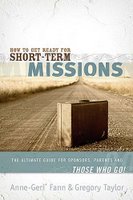
I am saddened today as I have just heard the news of Roz Carr passing away in Gisenyi, Rwanda. She passed away peacefully in her sleep Friday. She was to be buried on her farm in Mugongo, Rwanda today.
I have always been fascinated by Roz' persistence in life to help others, especially in Rwanda. I first met her when her orphanage was about four years old. She was thrilled to finally get "her children" in life. And after the terrible events of the genocide, she took responsibility for over 100 orphans who had nowhere else to go. She was 82 at the time. She named the orphanage "Imbabazi" which translated in Kinyarwanda language means "As a mother cares for a child". Her heart truly loved those children as if she were their real mother.
Over the course of seven years, I believe I visited Roz and the children six different times. She was always so welcoming and hospitable. I always had at least a truck load of visitors with me as I wanted others to see and be inspired by her love and service to those children. Offering hope was her mode of operation.
She was also loyal and persistent. She encountered many difficulties in her life in Rwanda, the worst being the genocide of 1994 where many of her friends were killed or maimed, but she never really considered leaving Rwanda. She loved the people and the land too much.
If you haven't ever read the fascinating life story of Rosamond Carr, please order her
book and read it now. If you have read it, or if you are one of the lucky few who have actually met Roz, please share your favorite stories or memories you have of Roz.
Please pray for wisdom for those of us on the Imbabazi Board as well as those making decisions in Rwanda now regarding the future of the children of Imbabazi.




